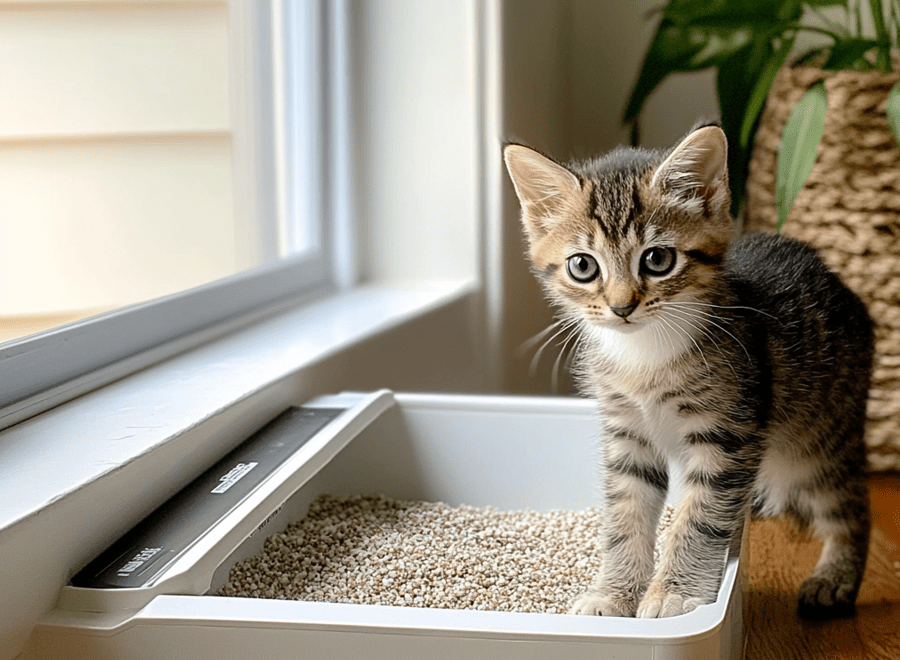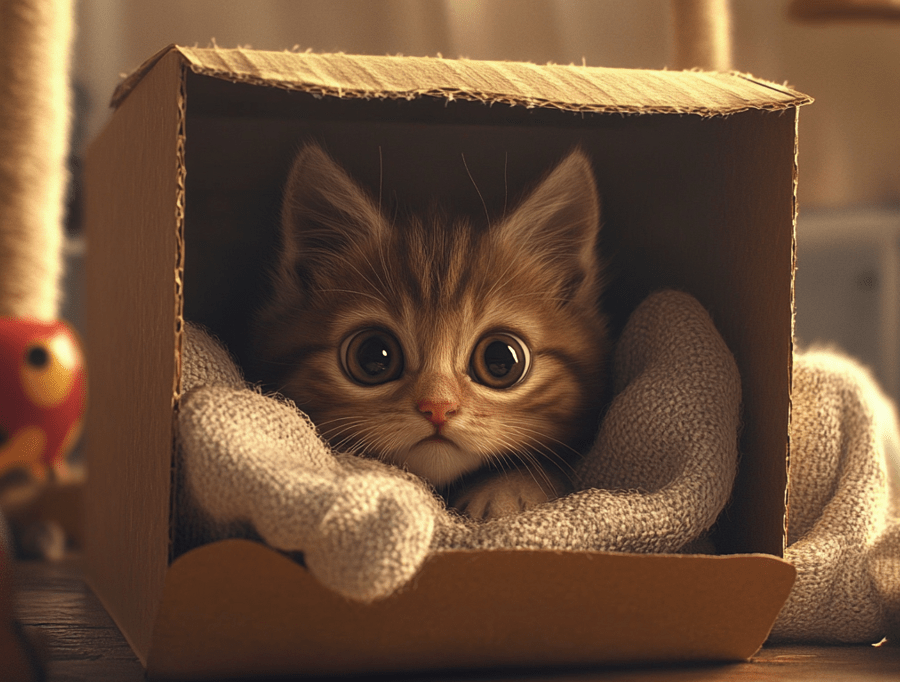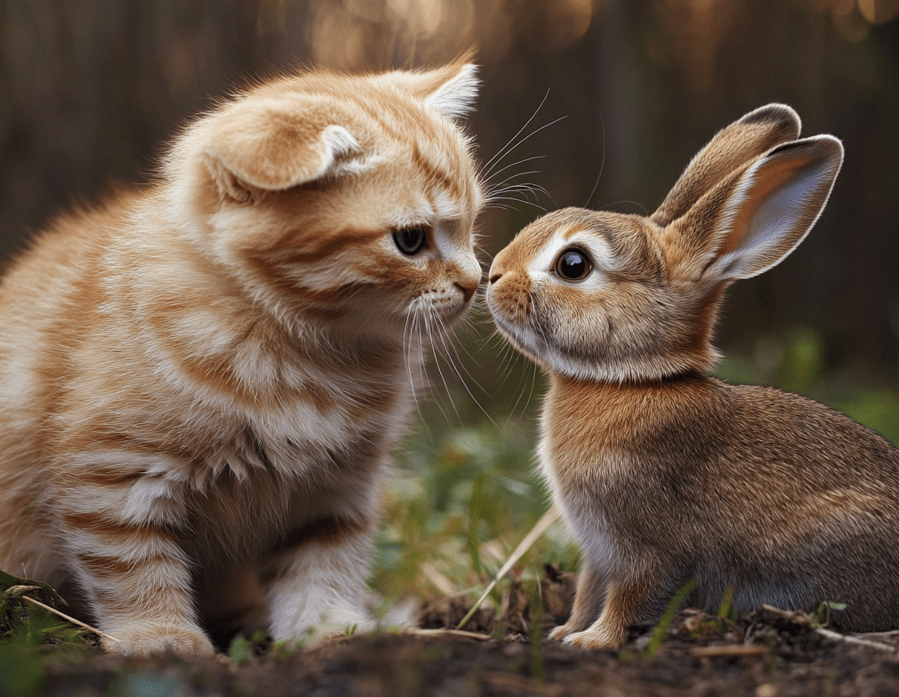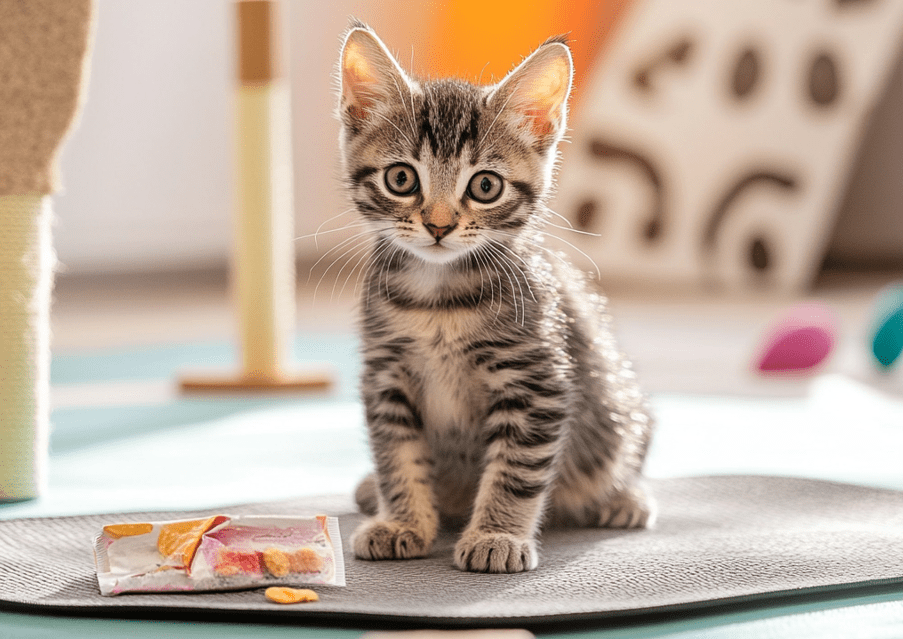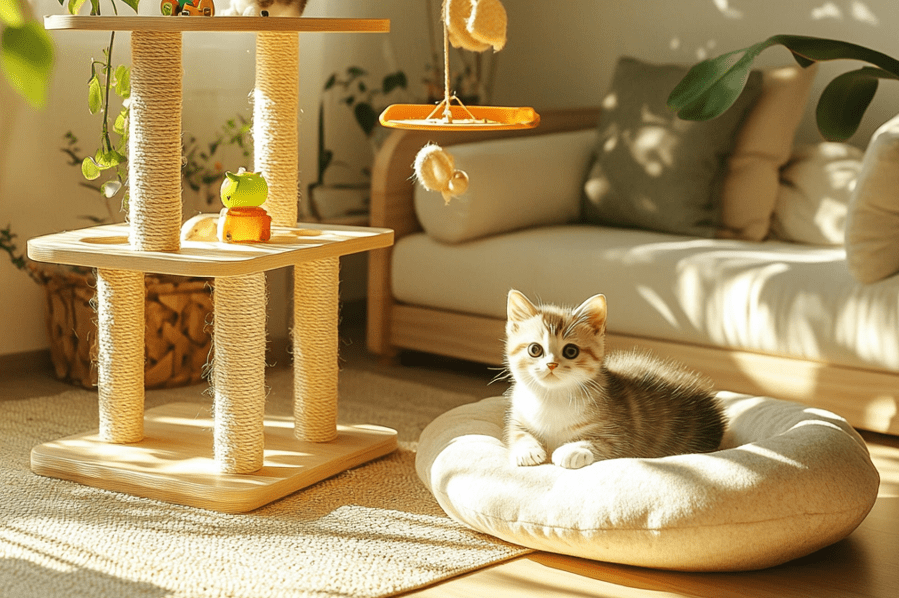
Creating a kitten friendly and supportive environment is very important for your kitten’s overall development. Cats have some unique characteristics that make them different from other animals. That’s why as a responsible cat owner you need to create a comfortable environment keeping in mind their unique behavior. A well-designed cat friendly environment will improve your kitten’s behavior and strengthen your kitten’s bond with you.
Cats enjoy environments which provide interest and enrichment, appealing to their natural instincts such as climbing, hiding away, hunting prey and exploring. In providing spaces and opportunities for them to express these behaviors, you can help ensure that your pet is a happy one as well. But little alterations to your home are able to do a lot. Whether that means designing vertical areas for climbing and snug nooks to conceal in, or just providing clean, accessible litter boxes–there are so many ways we can set our cats up with their ideal living spaces.
We will discuss how to make your living space more attractive and stimulating for kittens in this blog. Providing climbing shelves, a selection of toys or scratching posts planted in optimal places are practical and easy ways to acknowledge your cat’s natural behaviors. And on top of all that, having a space where they can rest and sleep in between exploring might actually help boost their confidence too.
These tips will not only make your feline friend’s life significantly more interesting and fulfilling, they will also help form a living environment in which he or she is safe, happy and well at home. Well, let me walk you through exactly one such way to do that — by turning your home into a kitty paradise!
Five needs to be met to create the perfect environment for kitten happiness

1.Health:
it is important that you keep your cat healthy by watching out for signs of illness and keeping stress to a minimum and make sure you have plenty of money set aside, or even better invested in pet insurance to cover any potential veterinary bills. This can alleviate the concern that comes with unexpected bills.
2.Behavior:
Cats need to be able to “hunt” and scratch as they would in nature. Their well-being is tied to creating opportunity for these activities,
3.Companionship:
Cats do well with routine and like to be around only a few, familiar faces. As a rule of thumb it is generally better not to have several cats dwelling in one household as this can stress them out.
3Diet:
Keep your cat on a balanced, commercial diet appropriate to its age and weight. This means a person can have an optimum body weight and reduce the chance of developing lifestyle related diseases linked with obesity.
5.Environment:
Having a safe, enriching home environment is essential for the health and happiness of your cat. Cats need to be able to roam, play with toys and have a place in which they can get the occasional peace.
All their resources — food, water, bed and litter tray – plus one extra of each for the two cats need to be placed in different spaces. Many cats refuse to share food, water and litter boxes with other feline family members. So maybe it is one plus a spare. Keeping their litter tray clean is a no-brainer; cats are neat freaks. This is your cat’s home and it should be a happy soft space for them to relax, but that comforts their instincts.
Here is some discussion on how to create a comfortable and wonderful environment for your kitten.
Keeping your kitten safe
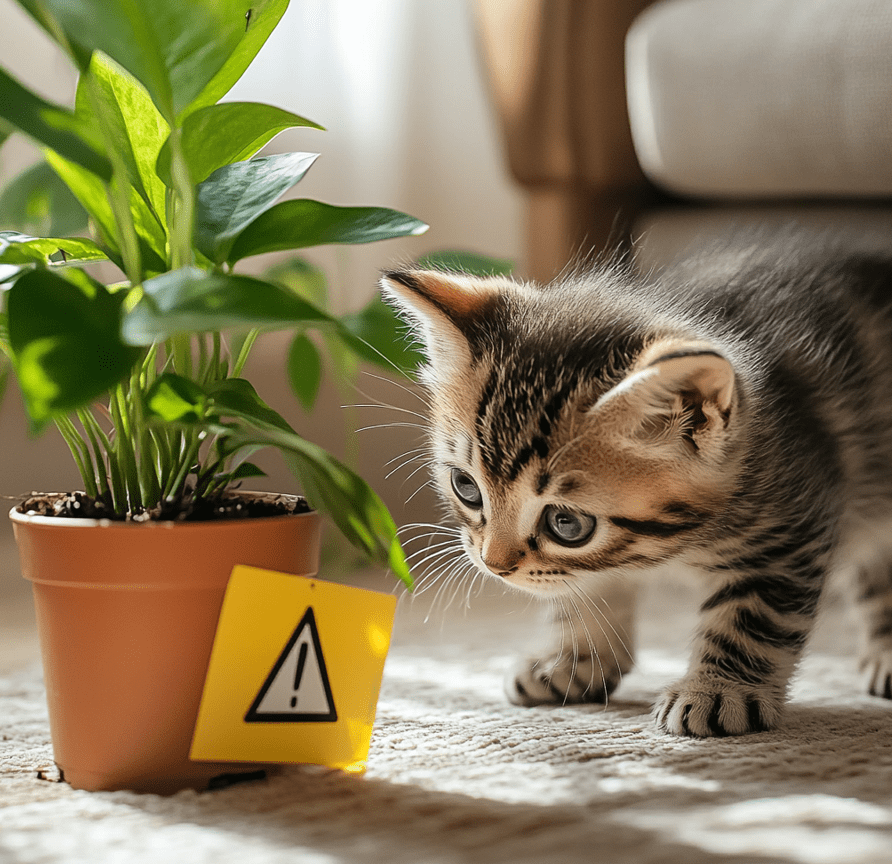
A cat-friendly atmosphere should always be safe for the cats above anything else, and as its home fellows you must try to ensure it is prepared.
Remove toxic items
1.There are the well-known toxic house plants or flowers that responsible pet parents would typically know to avoid, but then there are a great number of further varieties which could prove poisonous for any cat. Some ferns, cheese plants aloe vera and lilies are among the flag plants to avoid
2.House Cleaning and Detergents – Cleaning products used around the house are generally toxic to cats, so always put them away when done using; ensuring that cleaned areas are thoroughly washed with water in order for residues not be ingested accidentally.
3.Lots of food is poisonous to cats too (e.g.; chocolate, garlic and grapes) so don’t tempt them by leaving these lying around (Menu items such as Chocolate can cause poisoning in cats).
Store hazards out of reach
1.Keep away all those curtain cords, pieces of string and cables where possible. And you really don’t want your kitty chomping through any cords.
2.Place Breakable Ornaments Out of Reach – Cats tend to want to knock things off dressers and shelves.
3.Avoid leaving hair bands and coins on the floor or other surfaces which could be swallowed by your cat.
4.Nobody likes dirty plates and glasses left out for too long, not to mention the fact that if you are caring for a cat. It needs to be washed. Your cat doesn’t know that licking your bowl of leftover melted chocolate will make it sick.
Keep the room comfortable and warm.
1.Cats should be kept in temperatures between 68-77°F (20-25°C).
2. Finding out from the pet parents how it’s been, weather wise that is. This isn’t just small talk, they should be able to help you manage the temperature, as in providing a fan for your house during warm months or showing you how to turn on the heat when it is cold.
Lock up
Ensure all windows and doors are closed unless absolutely necessary, this will stop your kitty from bolting (most applicable for someone looking after an indoor cat!)
Keeping your kitten happy
In addition to keeping your kitten safe, you also need to make sure your kitten feels safe. This means that you need to create a comfortable and exciting environment for your kitten that your kitten desperately needs.
Encourage playtime
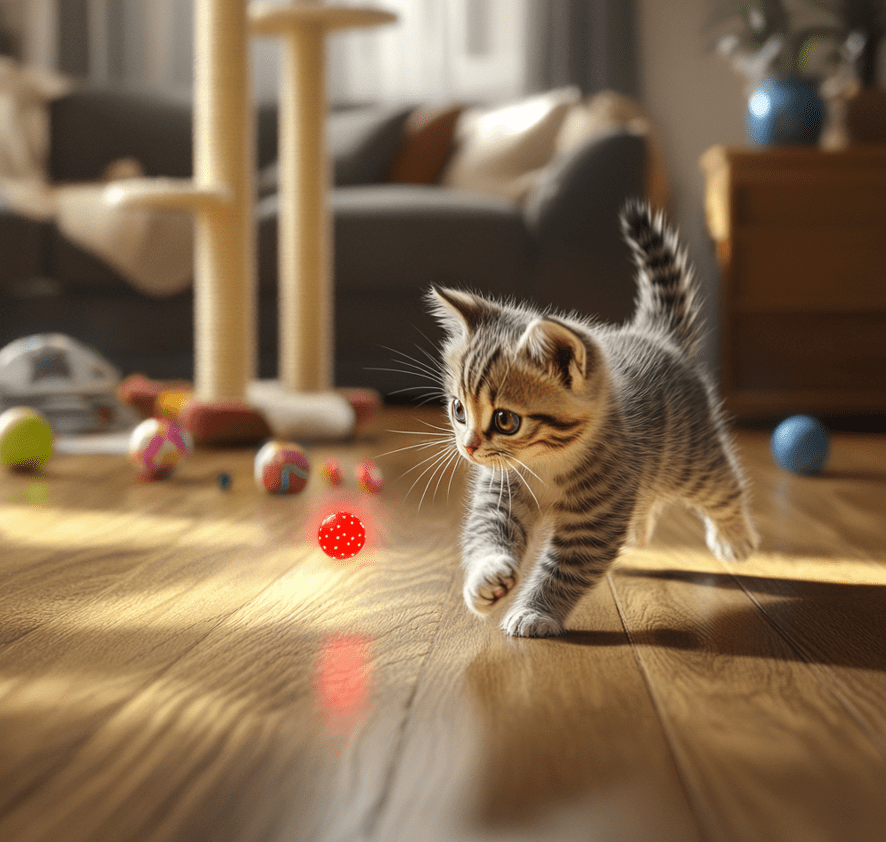
1.For your cat to stay active, keep her engaged by providing a variety of interactive toys that she can play with on her own or with the help (and supervision) from you. Stash catnip toys around your living room and create a game of “cat and mouse”, tease your kitty with a beloved magic wand, or see how their hunting skills measure up in catching the laser games.
2.However, try not to have so many toys out that they essentially become part of the furniture! Save some toys or even rotate them so old ones come back after a short break.
3.There are some toys that a kitty should never be left alone to play with, like a ribbon on a sticked teaser toy or feather wand → it is for you and your cat the joy of interacting. So put them away when you finish.
Give them space
1.The cat should have space to traverse at their will or subject pet permission.
2.They will also need a collection of tranquil spots to keep away from the hustle and bustle of your household. This will make sure that they have a number of spots nearby where it always feels safe to escape to if you are vacuuming the living room or entertaining guests in the kitchen.
3.Other cats of the colony should not enter home while your cat is playing. this can feel territorial and cause stress
Take your time
1.Some cats can be very shy and take long periods to warm up to new people.
2.Move at the pace of others and let them come to you. It will probably take a little trial and error but by the end of it your cat is sure to let you know who is boss
Access to the essentials
You must make sure that your furry friend has all the essentials right in front of his paws.
Food and water
1.Be sure your cat has fresh, clean water at all times. Given the pet parent is telling you how much to feed and when, plus not let cats have food that has never been served before without checking with owners.
2.If your pet is on a prescription diet for any medical condition, like kidney disease or diabetes, only feed this food and do not switch to another formulation. If the bag runs out, you will have to go into your local vet clinic and purchase more of that food they are eating.
Safe spaces
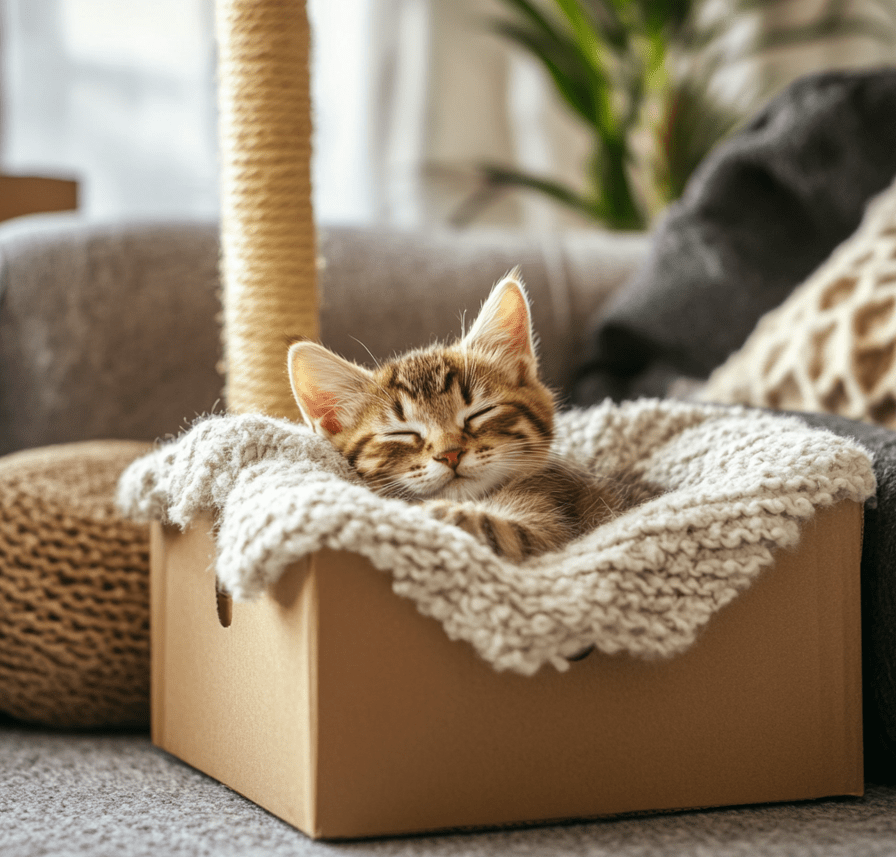
1.Comfortable sleeping place is needed to sleep for your kitten, at least a warm box. And your cat needs to have some hiding places where they feel safe.
2.Cats put some of their feel-good pheromones there when scratching those, so make sure that the things they use like blankets, cushions, bedding etc. are not washed. This disturbs cats’ natural instinct. Sense of security is very important especially if they are home alone.
3.Cardboard boxes – while pet parents may spend five days a week slaving away at work to buy the best beds and blankets on the market for their little darlings, when it comes down to it there is nothing more comfortable than a cozy cardboard box!
4.Cats enjoy high spaces (on top of cupboards, a cat tree) and low ones (below furniture, beds), so be sure not to block access to those.
Litter trays
Clean Litter trays – they need to be in the same position and kept sanitary – you would not want a dirty toilet either!
Cat flaps
Ensure your pet’s cat flap is in perfect working order so that they can roam about the house.
Maintaining stability
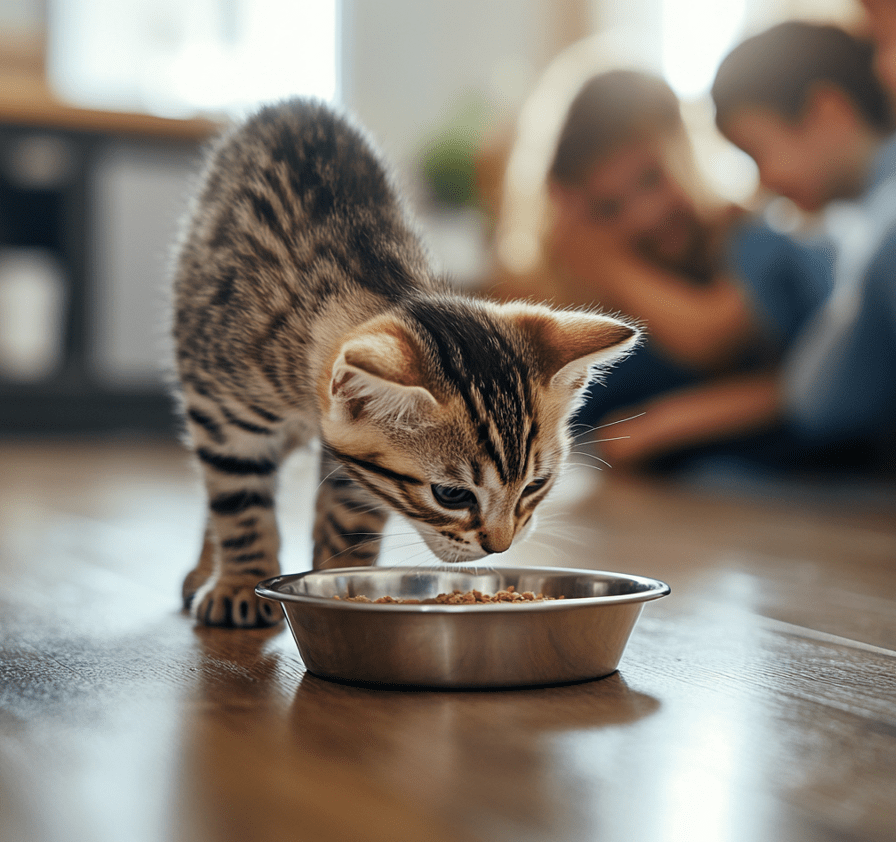
And that last “less is more” step to cat-proofing your home? Their owners may be out, but life doesn’t have to be too different for your fluffy companion.
Build a routine
1.A regular schedule that decreases a cat’s anxiety and stress can help to promote good behavior.
2.Give your sweet cat a regular meal in the same place and time each day.
3.Playtime for your cat – this doesn’t have to be scheduled due, but make sure they get a chance every day or so to play (it has the added bonus of keeping you home fit)
Be consistent
If your pet is not allowed to sleep in bed at night, neither should you as a cat sitter. The problem with allowing things to slide “once in a while” is that your pet will not whatsoever recognize when it serves and also when it does not. The instability prompts cats to become insecure about the new environment.
The last thing you need to bear in mind now that you are a cat sitter and have some basic knowledge of setting up an environment-friendly for cats, is the fact every single feline has different needs. Some cats might need more space than others, some may require +/- what is listed as the “essentials”, and playtime could be something they prefer to do solo. Speak to the pet parents before you start on your site so that you can understand exactly what it is expected of you and how to give their particular puss a cat-happy home.

